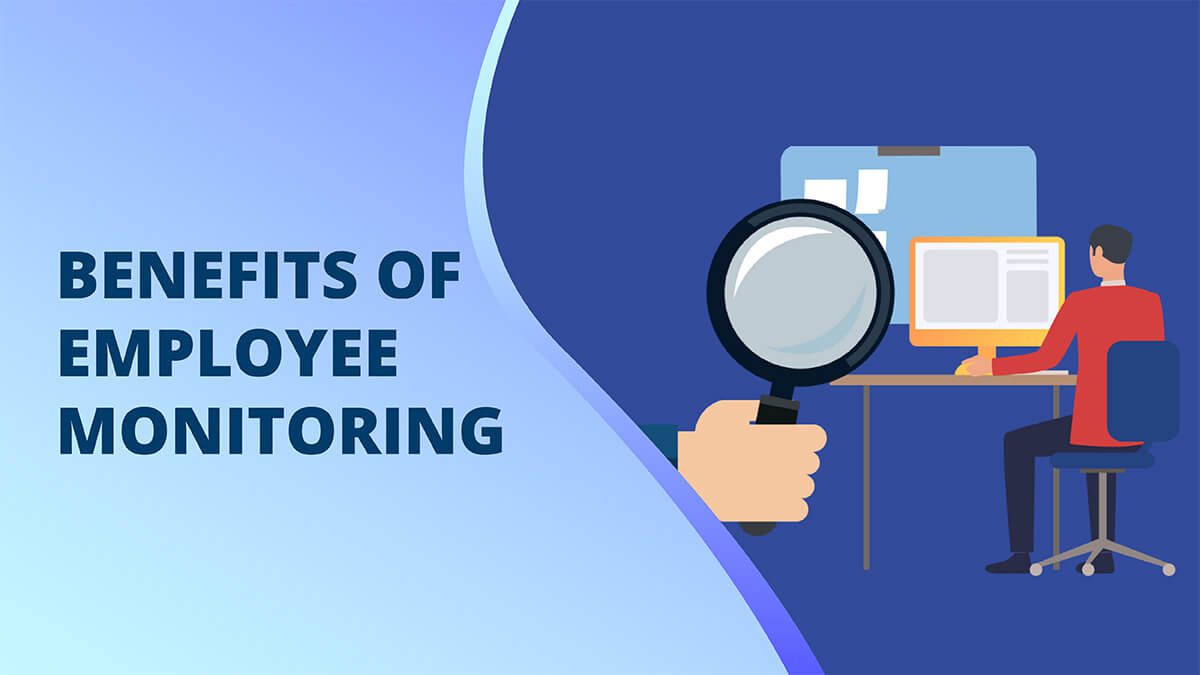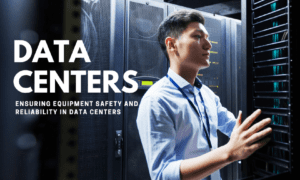Employee monitoring means tracking employee activity during the work hours to improve efficiency. Employee monitoring is a technique that helps employees to be productive, protects data and ensures that the organization adheres to the laid down regulations. Also, clear guidelines are essential for productive implementation.
Major Benefits of Employee Monitoring:
Activity Tracking and Time Management:
- Employee monitoring software provide businesses with an opportunity to track work-related activities. These include the time spent on tasks, app usage, and website visits.
- Manager could evaluate this data to determine which activities are time-wasting and suggest better time management approaches.
Identifying Efficiency Gaps:
- Employee performance monitoring helps to reveal any inefficiencies or bottlenecks that exist.
- Organizations can bridge those gaps by reviewing and streamlining processes, reallocating resources, or offering more training.
Optimizing Workflows:
- Employee monitoring is a tool that allows to reduce the inefficiency in workflows and to draw up the improvements in the processes.
- Unravelling patterns and trends enable companies to make well-informed decisions to enhance the overall performance of the organization and the metrics such as time tracking tool to set realistic targets, to monitor the progress and to identify the high performers.
- Through the analysis of patterns and trends, decision making to improve organizational efficiency can be informed.
Feedback and Performance Metrics:
- Through constant monitoring process, managers can give feedback to their team on the spot.
- Performance metrics are the tools that help us to set realistic targets, to control the progress and to identify the high performers.
Compliance with Legal and Industry Standards:
- Employee monitoring assists in meeting legal requirements and industry-specific regulations.
- It ensures that organizations adhere to data protection laws, privacy guidelines, and industry standards.
- By tracking employee activities, organizations can identify potential security risks and take proactive measures.
Mitigating Insider Threats:
- Monitoring helps detect insider threats, such as data leaks or unauthorized sharing.
- Organizations can promptly address any suspicious behaviour and prevent data breaches.
Balancing Surveillance and Privacy
Balancing surveillance and privacy in the context of employee monitoring is a critical issue that requires careful consideration of both legal and ethical dimensions. Here’s an overview of the matter:
Understanding the Need for Surveillance:
- Productivity and Security: Employers implement monitoring to ensure productivity, prevent theft, and protect company secrets.
- Technological Advancements: The rise of digital technologies has made it easier to monitor employees, but this also raises privacy concerns.
Legal Framework and Employee Privacy:
- Regulations: There are laws and regulations that govern employee surveillance, and employers must comply with these to avoid legal consequences.
- Consent: It’s important to obtain employee consent and make them aware of the surveillance measures in place.
Ethical Considerations:
- Respect for Privacy: Employers should respect the privacy of their employees and avoid overly intrusive monitoring.
- Transparency: Surveillance policies should be communicated clearly to employees, ensuring they understand what is being monitored and why.
Best Practices for Employers:
- Assess Necessity: Before implementing monitoring, assess its necessity and potential impact on trust and job satisfaction.
- Select Appropriate Metrics: Choose metrics for monitoring that are fair and relevant to the job.
- Maintain Transparency: Be transparent about monitoring practices and involve employees in the decision-making process.
Effective Implementation Strategies
Effective implementation strategies are crucial for the successful deployment of employee productivity software like Time Champ. Here’s a comprehensive approach to ensure a smooth and effective implementation:
Assess Current Systems:
- Evaluate existing workflows and systems to identify areas that can benefit from productivity software.
Define Scope and Goals:
- Clearly define what you want to achieve with the implementation, such as improved time tracking or better project management.
Choose the Right Software:
- Select a software that aligns with your company’s needs and goals.
Configure Your Software:
- Customize the software settings to fit your company’s processes and policies.
Prepare and Migrate Data:
- Ensure that all necessary data is accurately transferred to the new system.
Test the System:
- Conduct thorough testing to identify and fix any issues before full-scale deployment.
Train Employees:
- Provide comprehensive training to ensure that all users are comfortable and proficient with the new software.
Implement the Software Fully:
- Roll out the software across the organization and ensure that all employees are using it as intended.
Provide Ongoing Support and Maintenance:
- Offer continuous support to address any issues and ensure the software is updated regularly.
Measure Impact:
- Establish metrics to measure the software’s impact on productivity and adjust as necessary.
Encourage Collaboration:
- Use the software to foster collaboration among team members, enhancing overall productivity.
Monitor and Adjust:
- Regularly review the software’s performance and make necessary adjustments to optimize its effectiveness.
Communicate Openly:
- Maintain open communication with employees about the benefits and usage of the software.
Balance Monitoring with Trust:
- While monitoring is important, it’s equally crucial to trust your employees and respect their privacy.
Takeaway:
In essence, the key takeaway from employee monitoring is that it can significantly boost productivity and security within an organization. However, it’s imperative to implement it with a focus on transparency, consent, and a respect for privacy. By striking this balance, companies can foster a culture of trust and accountability, leading to a more engaged and efficient workforce.



































